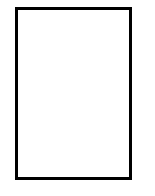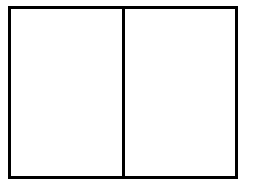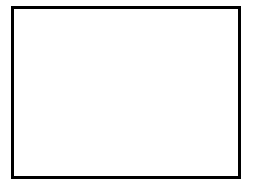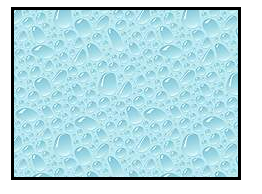Copyright © University of Cambridge. All rights reserved.
'All Wrapped Up' printed from https://nrich.maths.org/
Show menu
Why do this problem?
This is a challenging problem, but suits a variety of working styles.Possible approach
Some pupils will need to use practical equipment. Others will be able to draw nets and think about the relationship between the width, height and length of the cuboid compared with the dimensions of the paper. Others will want to use a spreadsheet to find all the different possibilities.Points that may well be discussed include:
1/ What determines the size of a cuboid? Surface area? Length? Volume?You could ask the group to investigate all of these, either by each group concentrating on a particular definition of "largest", or through all of them investigating each definition.
2/ Does it matter where on the A3 sheet the cuboid is placed? Does it have to be parallel to an edge to get the biggest cuboid? We would suggest that at first you limit the children to investigating only nets which are parallel to the paper's edges.
3/ If there is an overlap of paper, what size is it?
Key questions
Possible extension
Extension work may stem from asking, "I wonder what would happen if . . . ?"if the paper were A4 or A2?
if the paper was square e.g. 40 by 40, or 30 by 30?
if we were wrapping up balls, spheres?
if we were to cut the paper into two to wrap up two cuboids, which might be the same or different.
if . . . . . . .




